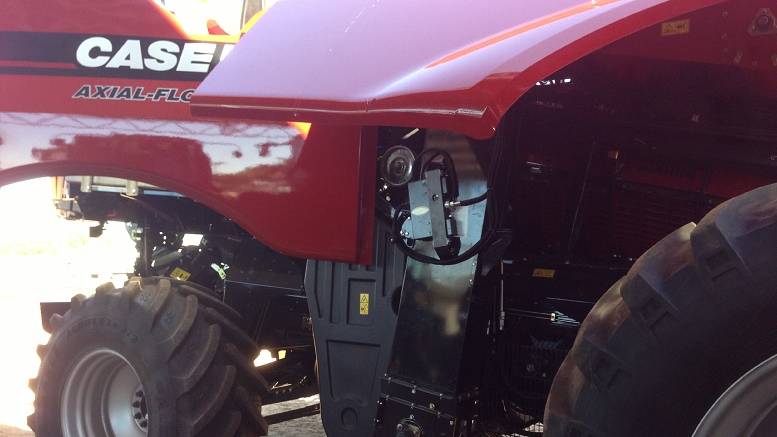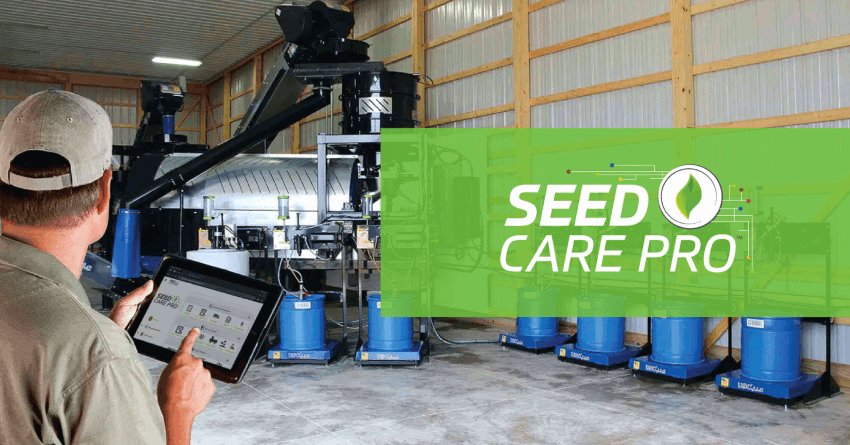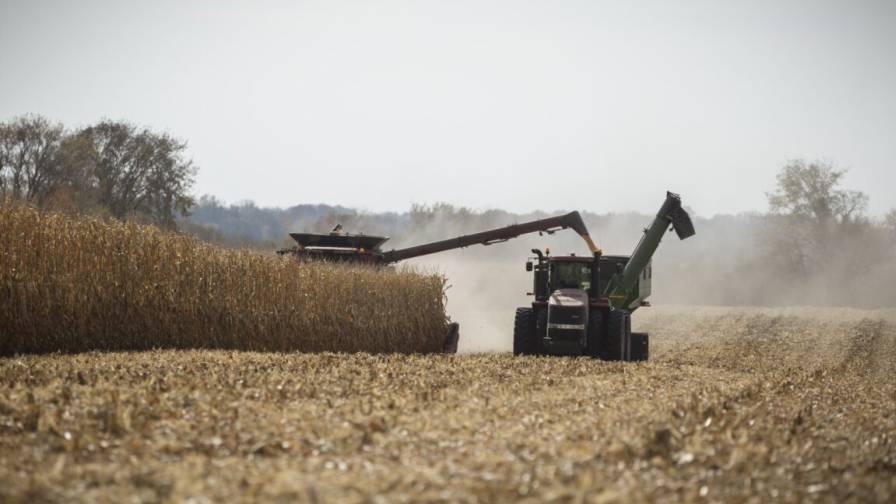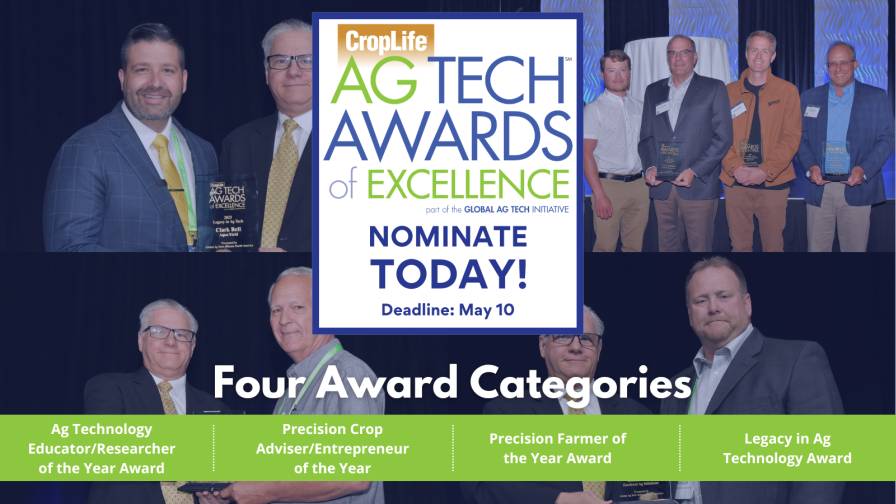In-Cab Computing Expands

In fact, computer/controller technology has evolved to where a display like one with the GreenStar 2 can now direct seed, liquid, and gas applications with the GreenStar 2 Rate Controller.
Ryan Molitor, marketing supervisor at Raven Industries, says, “Today an operator wants one field computer that will do everything. They don’t want three monitors to have to keep an eye on, and our systems allow them to do that.” Raven’s Viper Pro and Envizio Pro handle data logging, application rate, mapping, weather, and more.
Simpler products can also get into electronic tasks. The Leica AS7500 auto section controller for sprayers and planters is “an extremely affordable and easy-to-use system that provides immediate cost savings to our customers,” says Christina Roth, marketing and communications manager. And the new Leica iNEX, compatible with most GPS receivers and rate controllers, handles guidance and mapping to start with.
“Single product variable-rate technology-capable, Trimble’s AgGPS EZ-Guide 500 Lightbar guidance system is also compatible with automatic boom section and rate control with EZ Boom,” says Rob Lindores, Trimble agriculture director of marketing. As with many systems, the display can also connect to an assisted or automated steering product.
While Topcon’s System 110 GPS lightbar guidance product has a simple on-screen setup, it can generate automatic coverage mapping and add AutoSection Control for up to 10 sections.
TeeJet Technologies has added boom section control to its flagship CenterLine 220 guidance product — in the form of the CenterLine 230BP. Boom section control is built into the 230BP console so users simply connect the appropriate SmartCable to interface with a rig’s existing spray controller.
Tracking Data
Cab computers have been expanding in another direction as well. “What in-cab computing is focusing on now is to allow the operator to more easily enter more data and more valuable information directly at the source or at the time the application or operation is completed,” says Wade Stewart, field marketing manager with AutoFarm. “We’ve found over the years that operators are not very good at data management when it requires them to sit right down at a computer after 18 hours on a machine.” Indeed, both a delay in data entry and the time the data is entered have a major impact on the quality of the data recorded for future analysis, he says.
Manufacturers are designing displays/computers with data in mind. For instance, Hemisphere GPS’s new Outback Sts offers simplified job management and USB data transfer so that applicators can adopt improved, more consistent recordkeeping practices, says Jeff Farrar, channel marketing manager, Hemisphere GPS.
Trimble’s AgGPS EZ-Guide 250 Lightbar allows users to transfer the day’s coverage maps to a computer using a USB flash drive to easily print out coverage maps, says Lindores.
Manufacturers have found that drivers are calling for a number of features:
User-friendliness. AutoFarm’s Stewart sees in-cab work becoming even more user-friendly. “We think the ultimate goal is for the operator to be able to type in very minimal information and field notes directly from the cab.” And other key information — such as restricted-use chemical background, seed descriptions, or equipment data would be filled in automatically and transferred to the computer with little or no additional input. Bottom line: “The ultimate goal is higher quality data with no additional input from the operator,” Stewart says.
Says Trimble’s Lindores: “The ‘computing’ to accomplish complex tasks in the field should be virtually unnoticeable to the user. So he simply chooses from a menu of options on guidance, variable-rate application, autoboom shut-off, or any other task.” In fact, driver prep work before heading to the field in some cases is minimal. Lindores says Trimble’s current in-cab interface is so intuitive that users don’t need a user manual. “You just use the touch screen to tell the controller what you want to do in the field and it does it.”
Compatibility. Dealer applicators are also concerned about compatibility among manufacturers’ systems. For instance, Stewart explains that the AutoFarm’s systems are designed to work with a number of field computer systems. In addition, the data from all the AutoFarm products is designed to be shared across multiple product formats. “In some cases, the data may need to be modified in a software package before it can be used in a competitive system, but that is the case with many systems on the market today,” he points out.
Wireless capabilities. “There’s increasing need for more machine-to-office automation, just the ability to transfer information wirelessly,” says Reynolds. Use of this technology could be especially valuable in last-minute jobs where a customer calls for an application and a dealer sees a rig right in the area, complete with tender access. “You could send the prescription to that operator wirelessly,” she says. “It just enables communication back and forth between the applicator and the home office, trying to keep track of what all those folks are doing.”
Raven’s Molitor says an office team could observe different vehicles, send and receive files between them — and then get that information to the customer as soon as the field is done. Raven recently launched a major pilot program with several operators to “show and tell” recently enhanced wireless capabilities on Raven field computers.
Trimble is taking great interest in telemetry, where farm machinery can be managed remotely via wireless communication and the Internet, says Lindores. “Trimble calls this concept ‘The Connected Farm.’ Stay tuned for some updates on that later this year.”
This spring, Topcon brought its remote asset management product, Topcon Tierra, to the precision agriculture stage by teaming with AGCO.
Updates. As manufacturers and programmers hear about customer concerns and demands, you can be sure they are making changes. This past year, AutoFarm made several updates to its FarmPRO GPS Steering & Application Control System — as well as issuing several updates to its A5 or RTK AutoSteer system.
Cost control. Costs depend on how much a field computer is doing for you. Molitor sees a computer itself running below $5,000 — but then an operator has the cost of variable-rate software, section and height control, a wireless field hub, weather station, and other equipment. “But these systems are easily scalable, so someone may just start off with the field computer and section control. This would give them all the data logging, application control, and automatic section control,” he says.





